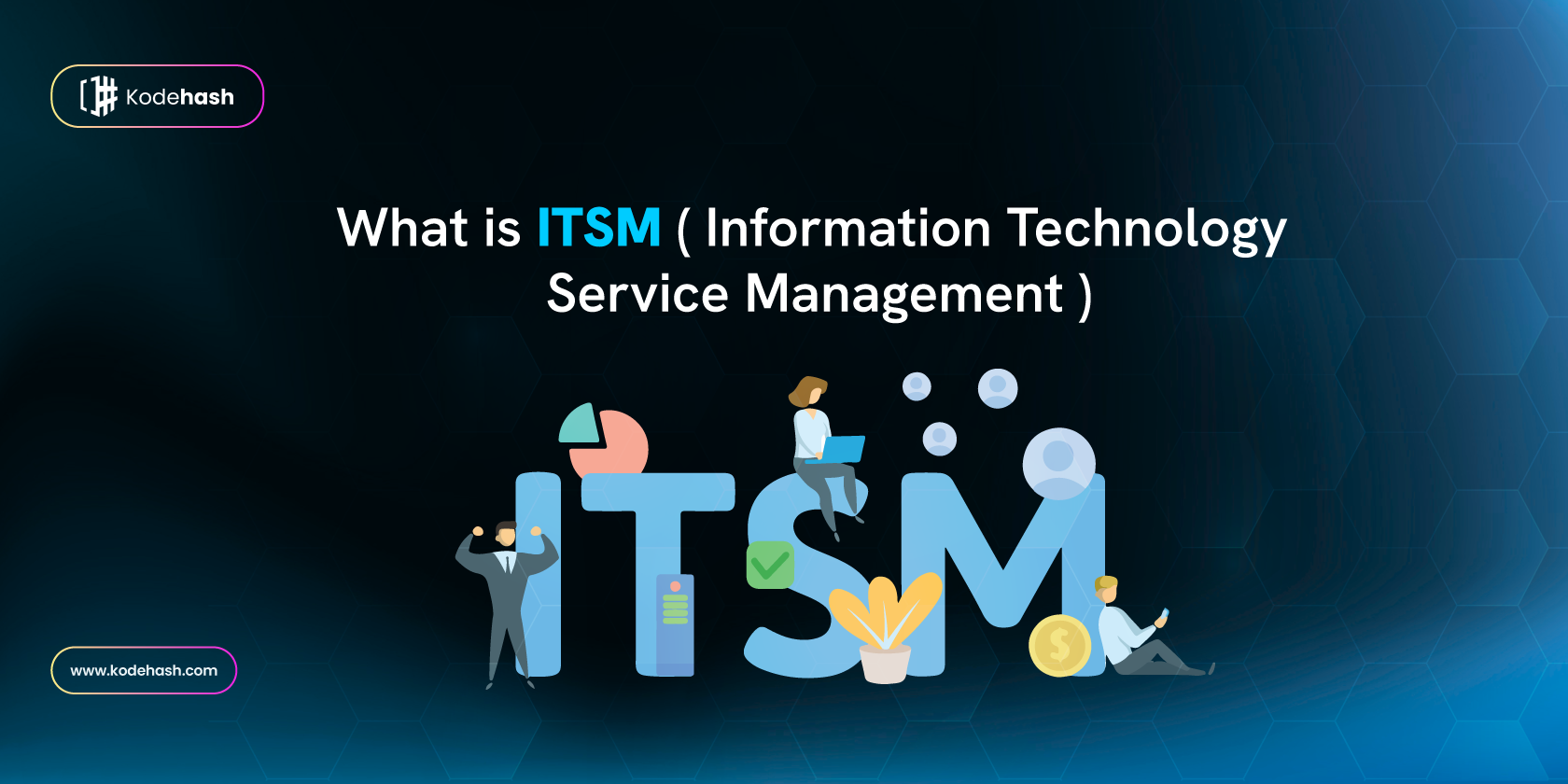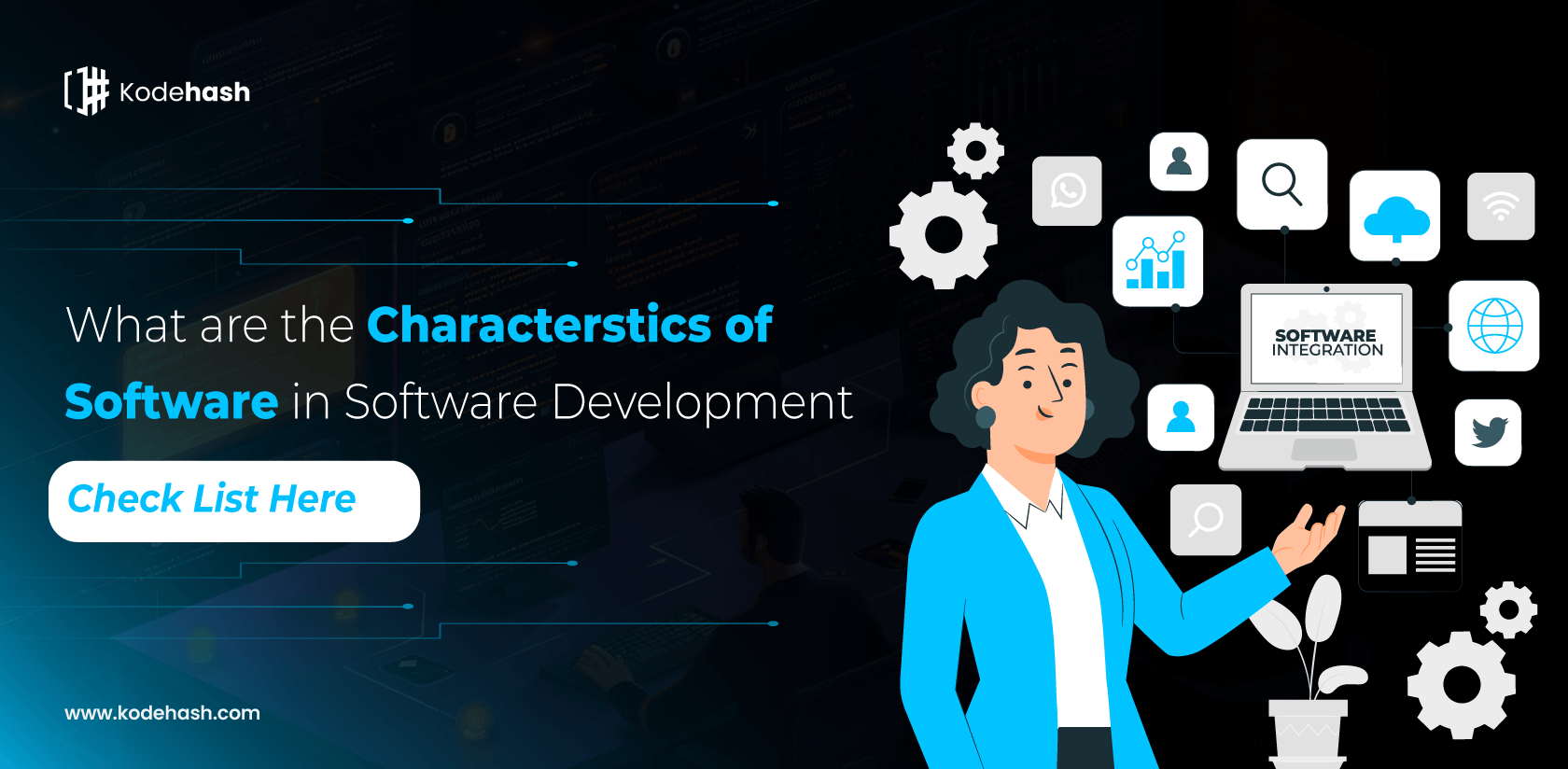What is ITSM? Its Benefits, Popular Framework, & Much More

To all the readers interested in knowing what is ITSM and how it is important for your organization, read out this blog.
IT service management which is also known as ITSM is simply the way IT teams manage the end-to-end delivery of IT services to customers. ITSM is a set of series consisting of the processes and activities to design, create, deliver, and support IT services. ITSM consists of streamlining end-to-end IT service delivery addressing business’ objectives. From creation to successful delivery to streamlined support of IT services, ITSM is purposeful in a lot of ways.
What is ITSM and its Common Benefits
ITSM can prove beneficial for your IT team, and service management principles help improve the overall functioning of your company. Moreover, a more streamlined approach to service management also aligns IT with business goals, and standardised the delivery of services according to the budgets, resources, and results.
Most common benefits of ITSM include:
- ITSM results in standardized IT procedures within an organization. Using the latest ITSM tools and technologies let employees complete their tasks in a better way.
- By leveraging the power of ITSM, businesses can increase their ROI, which means more revenues.
- It also boosts employees’ productivity as employees can perform better using the right set of tools. With these tools, employees can stay focused on their work rather than worrying about the other workflows.
- Businesses can expect less error and improved work accuracy with IT service management. Employees can stay focused without worrying about various other workflows.
- Managing assets becomes easy with ITSM. The tools deployed can boost an organization’s asset management.
- Leveraging ITSM eventually reduces the overall costs and results in enhanced service and client satisfaction.
- For employee performance evaluation, there is no better alternative than using an ITSM tool. It helps improve workflow processes while enjoying other key benefits of ITSM.
Benefits of IT Service Management For Businesses
ITSM acts as the bridge between IT professionals and end-users (internal/ external) looking for professional IT services. The streamlined ITSM approach is highly beneficial for businesses, some of the benefits are written below:
Quick Adaptability
ITSM lets businesses quickly adapt to changes and be a part of the innovation. By deploying flexible methodologies, businesses can quickly respond promptly as per the changing market trends and explore all the emerging opportunities.
Lower Costs
IT service management facilitates more efficient operations, lowering waste, and contributing to significant cost savings. The streamlined processes, reduced cost, and improved resource utilisation, all collectively empower businesses.
Less IT Issues
The proactive approach while dealing with IT reduces the overall cost and disruption linked to IT-related issues.
Quick Compliance
ITSM frameworks meet the industry standard and align with regulatory requirements. Moreover, it assists organisations in maintaining compliance. Whether it’s about protecting the data or meeting industry-specific regulations, ITSM ensures complete accuracy of all processes.
Benefits of IT Service Management for Users/Employees
IT service management is also beneficial for the users relying upon the IT services in a lot of ways, including:
Improved IT support
ITSM provides continuous, round the clock IT support, encouraging employees to improve productivity. Once the employees broaden their understanding regarding the existing IT services, the chances of error reduce greatly.
Omni-channel experience
ITSM provides omni channel support to the employees letting them access relevant information from anywhere in the world. This ubiquity ensures streamline and hassle-free work processes.
Improved Business Alignment
With ITSM, employees get better visibility of the business and understand end-users’ needs. This alignment ensures that IT efforts align with business’ objectives, enhancing overall organizational collaboration.
Most Important ITSM Frameworks
IT Service Management frameworks are streamlined approaches that assist the management of IT services in effectively managing the operations within an organization. These guidelines are standardized processes, procedures, and practices that help deliver consistent and quality IT services. By adhering to an ITSM framework, businesses can accomplish their business goals, ensure optimal utilization of resources, and continuous improvement, through all the IT operations.
Check out the most popular ITSM frameworks widely used across various industries:
ITIL- Indeed, ITIL is one of the most common frameworks for ITSM. This framework consists of a set of best practices for IT service management with a focus on aligning IT services with business needs. For modern businesses, ITIL is the best option with incident, problem, and change management, the most famous ITIL practices. High-performing ITSM services mapped to ITIL processes boost employees’ morale and their productivity as well.
CMMI- Capability Maturity Model Integration (CMMI), another ITSM framework assists businesses with empowered processes by providing best practices for product development and maintenance. The CMMI is the most effective framework ensuring the delivery of quality end products. CMMI brings flexibility and ease of integration across methodologies.
Six Sigma- Six Sigma is a data-driven approach which brings improved performance and excellence. The main purpose of the Six Sigma framework is to lower the occurrence of errors and check the loopholes, if any. This framework identifies and eliminates problems along with improving the overall quality and efficiency of IT.
COBIT- It is a comprehensive IT service management framework useful in managing and streamlining IT related enterprises. It also lays guidelines and includes best practices for governance and management in IT. COBIT is an easy to access framework and used in combination with many other frameworks as well.
ISO/IEC 20000– It is a global standard for IT service management that lays focus on service providers to help them plan, establish, install, operate, track, evaluate, maintain, and enhance a service management system. The ISO/IEC 20000 framework supports several other frameworks and approaches, ensuring complete adherence to quality standards while bringing reliability.
TOGAF- The Open Group Architecture Framework (TOGAF) is an architecture framework powerful for developing efficient IT strategies. This framework design, plan, and deploy technologies aligning with business’ IT architecture.
Hire Kodehash for IT Service Management
Choose Kodehash’ cloud-based platform which is designed to improve IT services, boost customer’s satisfaction, and boost IT flexibility and agility. With Kodehash’ IT Service Management, businesses can consolidate their existing solutions and IT tools to transform the service experience, stream workflows, and get real-time data and services visibility.
Our Unified Service Management Solution
Robust Automations- With right solutions, eliminate repetitive tasks and manual processes, and drive service efficiency with dynamic automations
Integrated Platform- Our experts deploy IT service management on a single platform to bridge gaps, improve time to resolution, lower costs, and improve visibility
Rapid Deployment: Customize rapidly with Kodehash’ ITSM. We also provide 24×7 support
So, boost your digital transformation journey and elevate user’ experience with Kodehash Technologies. Contact us today to know more about what is ITSM and its key features.
Recent Blogs
Subscribe:
Subscribe for the newsletter and receive email notification of every future post.




